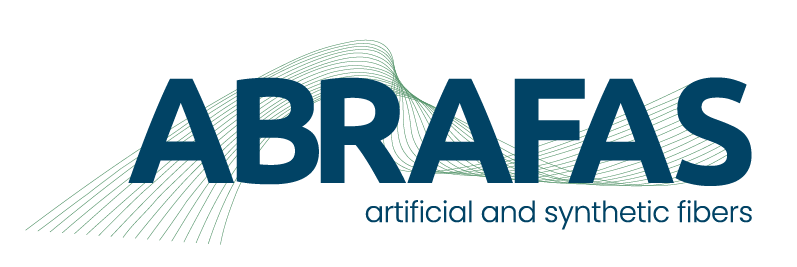Productive processes
The production process of artificial fibers consists of the chemical transformation of renewable raw materials. From cellulose sheets, acetate rayon and viscose rayon follow different routes. The viscose goes through a caustic soda bath and then through milling, sulfurization and maturation sub-processes, to finally be extruded and assume the form of continuous filament or staple fiber. The acetate initially passes through a sulfuric acid bath, dilution in acetone, extrusion and, finally, through the evaporation of acetone operation.
The synthetic fiber production process begins with the transformation of petrochemical naphtha, a petroleum derivative, into benzene, ethylene, p-xylene and propylene, intermediate products of the so-called 1st generation petrochemicals and basic inputs for the production of these fibers.
Benzene is the basic raw material of polyamide 6 (nylon 6), which, in turn, is obtained by the polymerization of caprolactam (single monomer), while polyamide 6.6 consists of the polymerization of two monomers: hexamethylenediamine and adipic acid, which by polycondensation reaction form the "Salt N", and in a second phase the polyamide 6.6 (nylon 6.6).
Polyester, whose basic raw material is p-xylene, can be obtained using two production routes: DMT (Dimethyl Terephthalate MEG) or PTA (Pure Terephthalic Acid MEG: Monoethyleneglycol).




